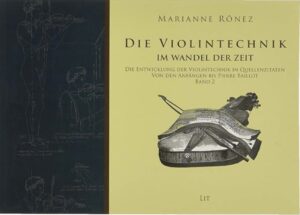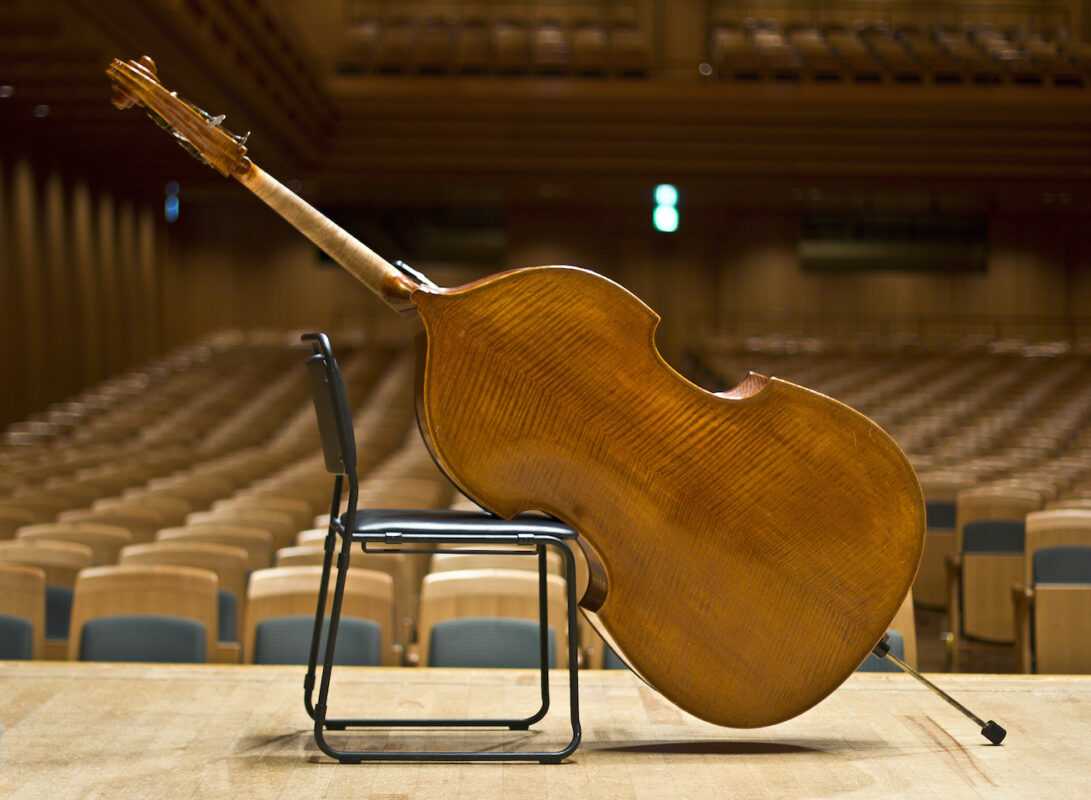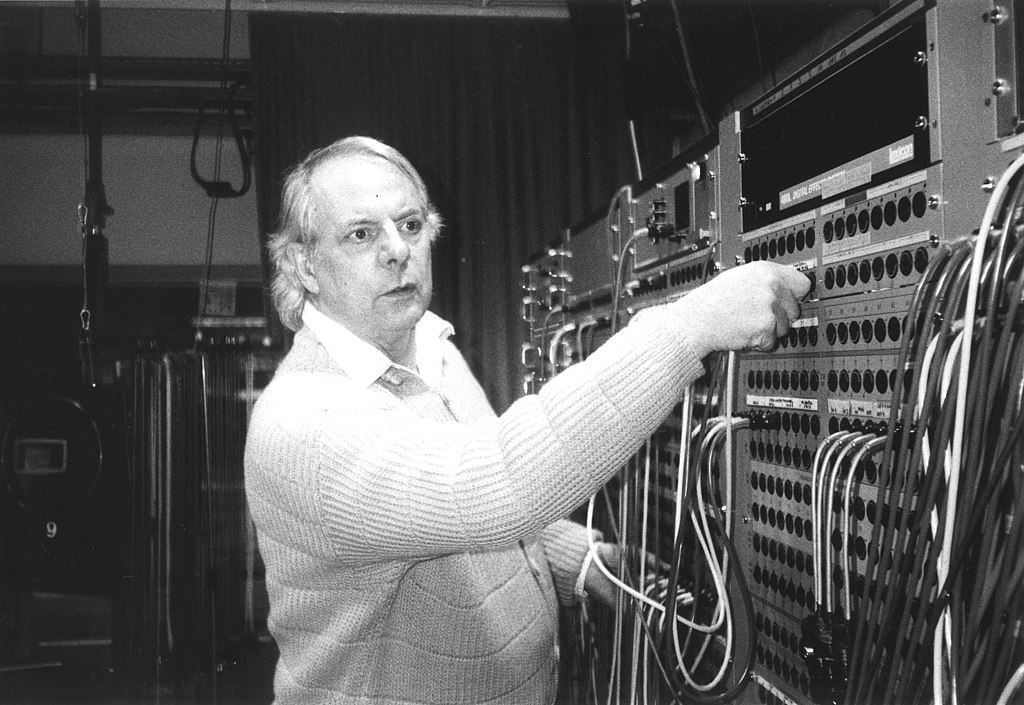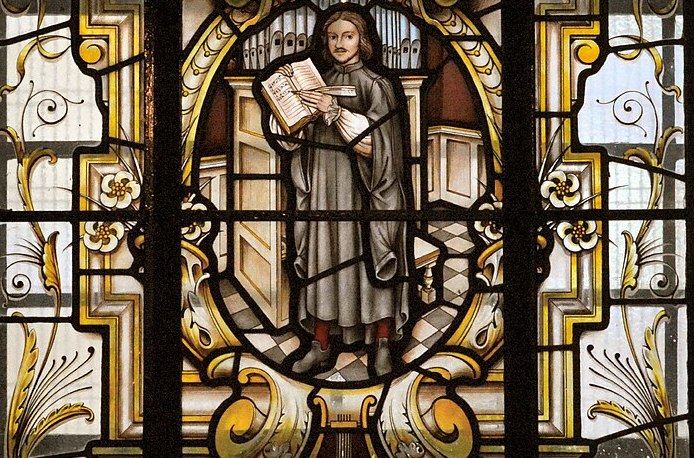Three centuries of violin technique
An annotated collection of sources, complete with sounding examples and facsimiles.
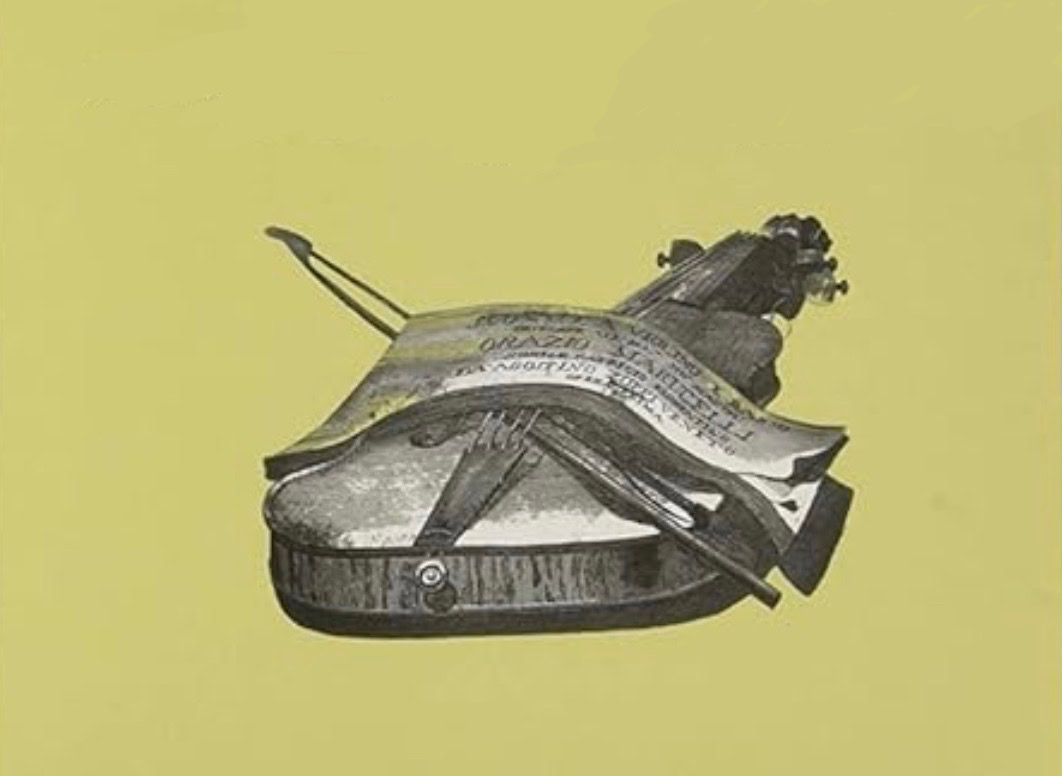
Two heavy landscape-format paperback volumes (700 pages each) give us both a comprehensive overview and a detailed insight into the writings and notes on how violins and related instruments were built, tuned, intoned and held in the three centuries between 1550 and 1850, how the bows were shaped and guided, which ornaments, effects, arpeggios, scordaturas, interpretations and cadenzas were common and which pedagogical aids were available. - A valuable compilation that I can warmly recommend.
It is a pleasure to read the introductory sections of the chapters. The many source citations following the chapters, organized by year of composition, are enriched with many never-before-seen illustrations and music facsimiles and are available in German and in the original language. I hear much that I have never read in my long life, often very entertaining and amusing but certainly suitable for serious study. Here are a few examples of my fascination:
- I 31 (volume 1 page 31): Concise interpretation of the term tempo rubato.
- I 90: Purchase price of a Stainer violin in the form of a high life annuity to the seller, an old violinist!
- I 191: Spohr demands tempered intonation.
- I 332: In his instruction letter to Maddalena Sirmen-Lombardini from 1760, Tartini describes how a careful bowing approach leads to a beautiful sound.
- II 12: I would never have realized that in the 3rd movement of Bach's A minor solo sonata the accompaniment could be called "Bogenvibrato".
- II 14: Thanks to careful research into word meanings with the help of the Grimm dictionary, the author can interpret Koch's description that vibrato is a "timeworn manner of playing" as a manner of playing that has become a habit through years of use.
- II 55-63: Helpful detailed list of all ornamentation names and their meanings.
- II 146 on Jean-Joseph Cassanéa de Mondonville's sonatas Les sons harmoniques (Paris 1738): Recommendation for the performance of these first sonatas in which harmonics were integrated into the composition.
- II 332 and 486: Exciting anecdotes from the life of Karl Ditters von Dittersdorf.
- II 332: Lolli recommends not leaving fingers lying around because they have a cushioning effect.
- Chapter XII: Interpretation with very rich sources on 135 pages.
A 62-page list of sources proves the diligent literacy of the Bern-born author Marianne Rônez, who lives in Vienna and Innsbruck and also teaches baroque violin in Europe and the USA. The rich appendices contain valuable music facsimiles, e.g. Tartini's complete Regole "schelettri" (schemes for the formation of cadences), Baillot's organ points from L'Art du Violon (a technically stimulating walk through the circle of fifths), Spohr's 7th Symphony. Concert by Rode as a duet with many playing instructions or from Michel Corrette's L'Ecole d'Orphée one duet each in French and Italian style (the latter can be heard on the CD).
Combination and difference tones
I have searched in vain for indications that certain notes on the string instrument can be checked for exact intonation with the help of the resonance of the empty strings and their overtones, as I have used this to good effect in my lessons (according to Christine Heman, Intonation on string instruments, Bärenreiter 1964). Only in the chapter Special Effects II 144 and 157 does Rônez report on Francesco Galeazzi, who amplified the played note with empty or fingered octaves thanks to the resulting resonance, and on J. P. Billiard, who intensified a bowed note by mutely fingering its octave or prime and then striking a third to make the bowed note vibrate.
I am even more surprised that, apart from II 158 where Baillot's organ imitation with the third tone is described, there is nothing about the combination or difference tones. These are easily audible when playing double stops, have the frequency of the difference between the vibration numbers of the notes played and are very helpful for tuning the strings and for intonation - a constant tool in my studies and when working with my pupils. Giuseppe Tartini, who taught many students from all over Europe, was one of the first to describe this phenomenon. The doctoral student Angela Lohri gave me the Trattato 1754 by Tartini, from the first chapter of which I translate freely and greatly abridged: "If two notes ... are sustained for some time, there is a third note (terzo suono) ... When I play on my violin on two strings, I can physically encounter the form of the interval, which has the advantage of secure intonation for me and my students and of proving the precise diatonic scale." In 1767, when his Trattato had already become known throughout Europe and was praised (Rousseau, Martini, d'Alembert, Serre) and criticized (Rameau), Tartini defended himself in his De' Principij 1767: "In 1714, when the author [Tartini] was 22 years old, he discovered the phenomenon on his violin in Ancona, which not a few living witnesses are able to recall. He made it the fundamental rule of perfect intonation for the boys at his school in Padua, opened in 1728..."
Sounding examples
The accompanying CD illustrates the development of interpretation from 1585 to 1803 with many pieces beautifully recorded by Rônez with colleagues. Unfortunately, the index II 684 does not quite match the contents of the CD, which I correct here after consultation with the author as follows: Montéclairs Duo in French underhand technique with relaxed stroke rules is missing, that's why track 8 is 9 and so on. Because track 26, Lolli, Adagio. Avec beaucoup de Grace, is an unrecorded track, the tracks are correct again from here on.
